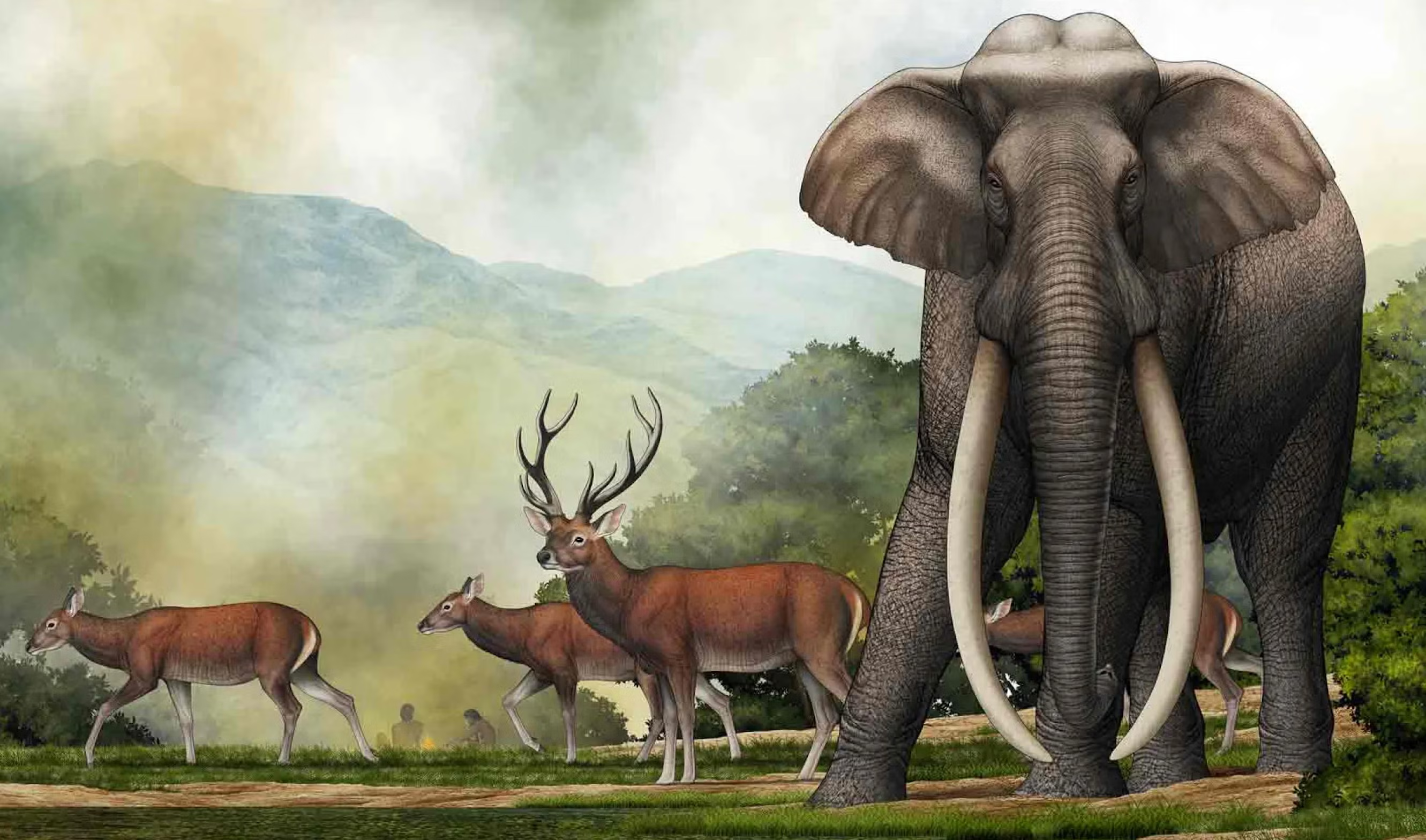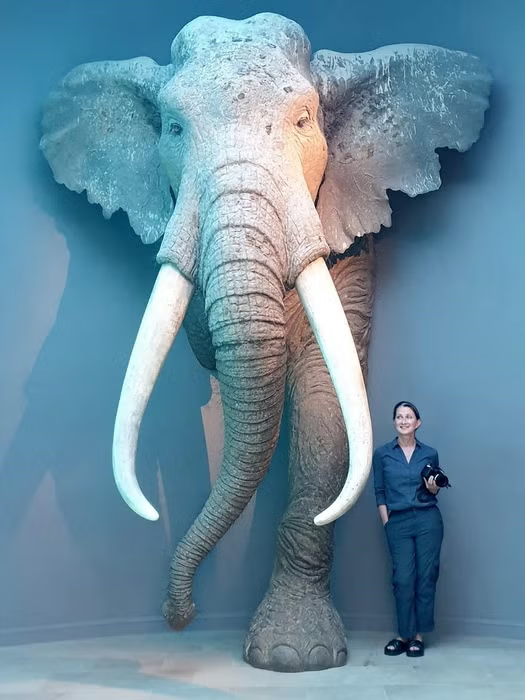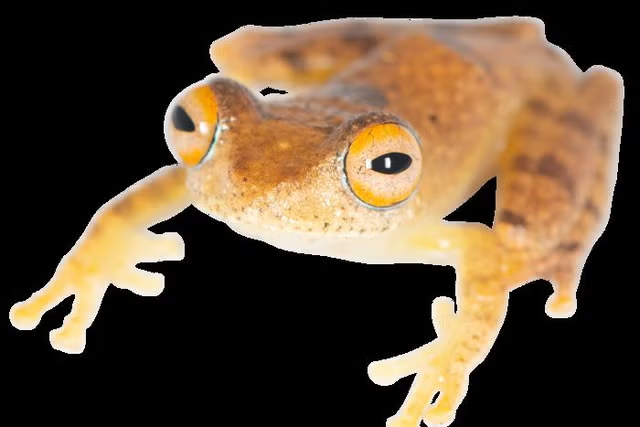Your support helps us to tell the story
Support NowThis election is still a dead heat, according to most polls. In a fight with such wafer-thin margins, we need reporters on the ground talking to the people Trump and Harris are courting. Your support allows us to keep sending journalists to the story.
The Independent is trusted by 27 million Americans from across the entire political spectrum every month. Unlike many other quality news outlets, we choose not to lock you out of our reporting and analysis with paywalls. But quality journalism must still be paid for.
Help us keep bring these critical stories to light. Your support makes all the difference.
A giant fossil skull found in India’s Kashmir valley decades ago belongs to an unknown “straight-tusked” extinct elephant species, scientists say.
The skull, along with nearly 90 stone tools used by prehistoric humans, was uncovered in late 2000 by researchers led by Ghulam Bhat from the University of Jammu.
A new analysis of the fossil, published in the Journal of Vertebrate Paleontology, reveals that it belonged to a group of straight-tusked elephants called Palaeoloxodon, raising further questions about their extinction.
These were among the largest land mammals that ever lived, growing to around four metres tall at the shoulder and weighing about 10 tonnes as adults.

There are signs of breakage and flaking of the elephant bones, suggesting their exploitation by humans. But researchers could not find any evidence of the beast having been hunted down or butchered.
“This kind of association of stone tools with humanly modified elephant remains is rare,” researchers say.
This fossil appears to differ from other Palaeoloxodon skulls found in India, lacking a characteristic thickened, forward-projecting crest at its roof.
“From the size, the wisdom teeth and a few other telltale features of the skull, it is evident the animal was a majestic bull elephant in the prime of its life,” study co-author Steven Zhang said in a statement.
“But the lack of a well-developed skull crest, particularly in comparison with other mature male skulls from Europe and India, tells us we have a different species on our hands here.”
The discovery may help resolve another mystery about the elephant family tree. Researchers say the Kashmir elephant’s skull features seem similar to a rare skull unearthed in Turkmenistan in the 1950s which too lacks a prominent crest at the skull roof despite its other features being “highly similar” to already known European species.
When the Turkmenistan skull was found, scientists thought it could simply be an aberrant individual of the European species Pantiquus.

Analysis of the 87 stone tools found buried alongside the elephant remains shows that the Kashmir skull dates to the Middle Pleistocene period 300,000–400,000 years ago, putting it in a similar timeline to the Turkmenistan fossil.
“With the Kashmir skull added to the mix, it becomes clear now that the two specimens can be theorised to represent a distinct species that we previous knew very little about, with a broad distribution from Central Asia to the northern Indian subcontinent,” Advait Jukar, another of the latest study’s authors, said.
“This new specimen from Kashmir provides a strong case for a Middle Pleistocene species of Palaeoloxodon in Central and South Asia,” the study says.
The Palaeoloxodon genus first evolved in Africa a million years ago, possessing a narrow, convex forehead and underdeveloped skull crest. These elephants, whose fossils have been found in Europe and India, had a very wide, flattened forehead, and often a thick crest that jutted forward from the skull’s roof.
P turkmenicus with its wide, flat forehead and a faint skull crest may represent a missing link that fills a gap in our understanding of elephant evolution, scientists say.
Disclaimer: The copyright of this article belongs to the original author. Reposting this article is solely for the purpose of information dissemination and does not constitute any investment advice. If there is any infringement, please contact us immediately. We will make corrections or deletions as necessary. Thank you.



